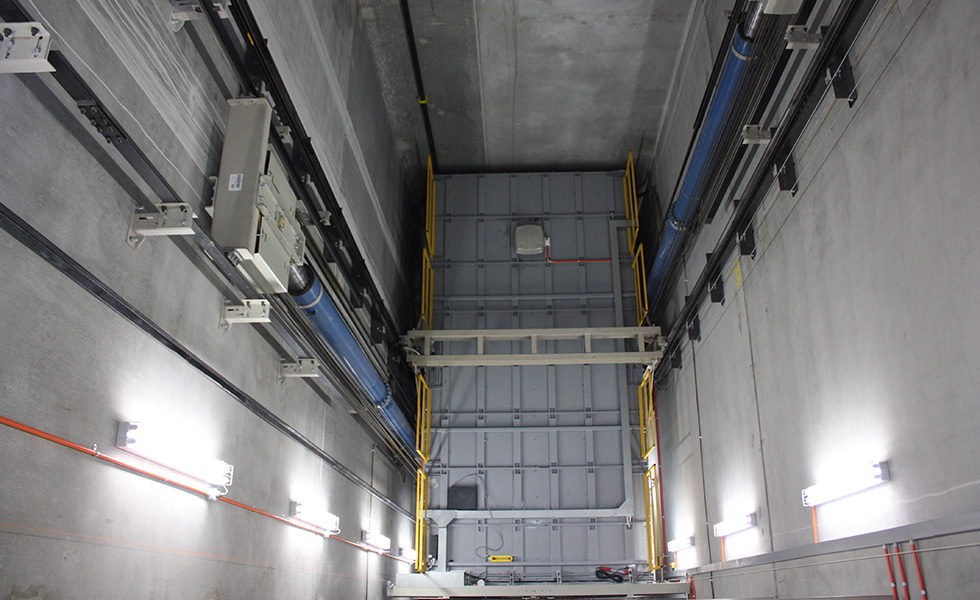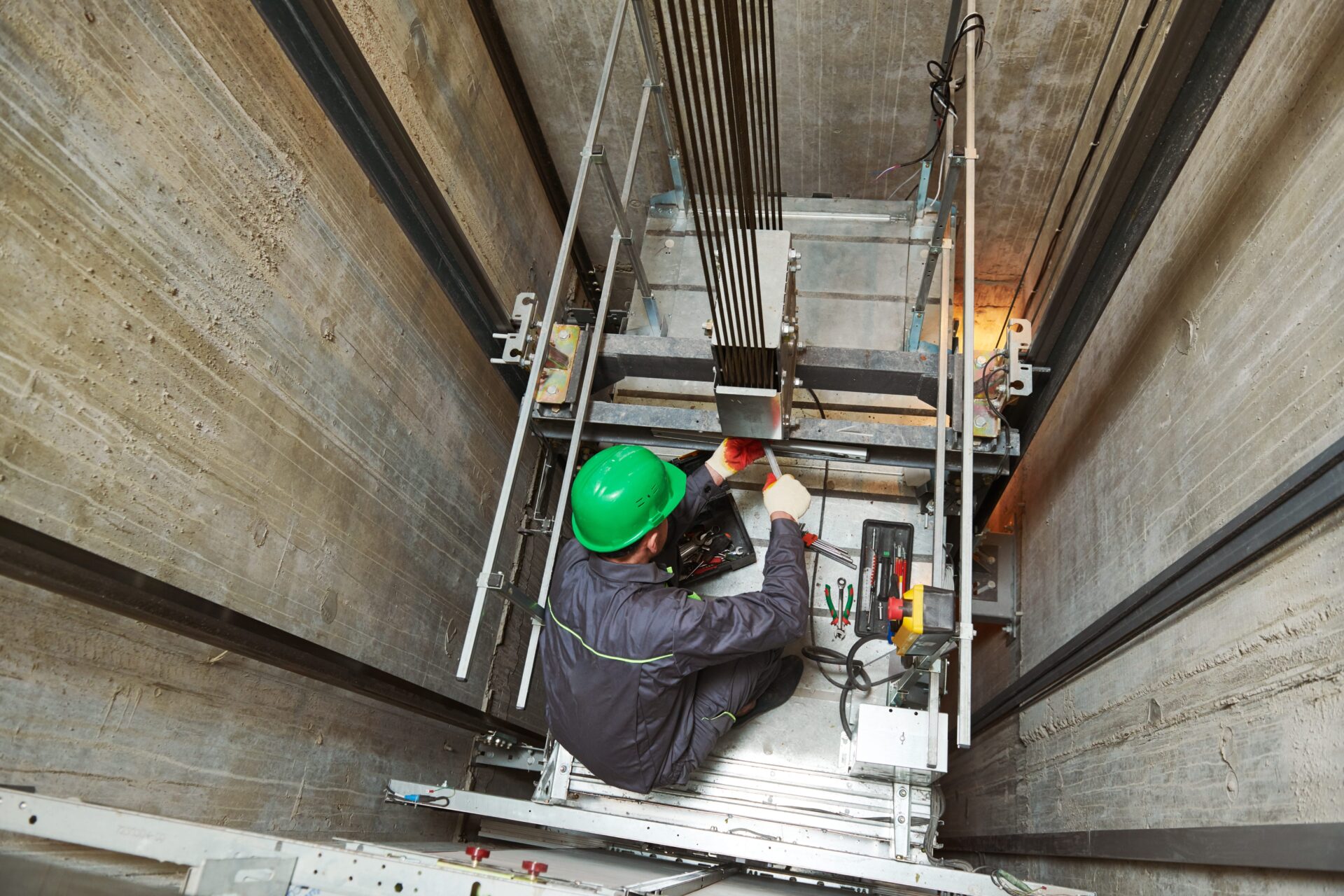Pro Tips for Keeping Your Lift in Leading Condition: An Extensive Review
Ensuring the optimal performance of a lift system is necessary for a risk-free and reliable procedure in numerous settings, from commercial storehouses to commercial structures. By adhering to an organized maintenance routine and preemptively addressing possible concerns, lift owners can minimize expensive downtime and safety and security risks.

Relevance of Routine Maintenance
Routine upkeep of your lift is important to guarantee its ideal efficiency and longevity. By adhering to a regular upkeep timetable, you can recognize and deal with prospective concerns before they escalate into expensive fixings or unexpected downtime. Routine maintenance tasks such as lubricating relocating parts, examining for deterioration, and inspecting hydraulic systems can aid prevent malfunctions and make certain risk-free procedure.
Neglecting regular upkeep not only compromises the effectiveness of your lift however additionally poses security threats to customers and home. Elements that are not effectively maintained may fail suddenly, leading to crashes or damage to the lift itself. Furthermore, attending to concerns early on through upkeep can extend the life expectancy of your lift and minimize the probability of significant failures.
Along with improving safety and efficiency, normal upkeep can additionally save you cash over time. By buying preventative maintenance actions, you can prevent pricey repair services or replacements that might occur from ignoring the maintenance of your lift. Generally, prioritizing routine maintenance is important for taking full advantage of the functionality and durability of your lift system.
Top Elements to Evaluate

Additionally, pay close focus to the lift's safety and security attributes, such as emergency situation quit buttons, security sensing units, and interlocking systems, to ensure they are operating properly. On a regular basis check the lift shaft for debris or obstructions that can impede the movement of the lift vehicle.
Positive Repairing Techniques
When faced with potential lift system issues, taking on positive fixing methods can substantially improve operational effectiveness and avoid costly downtime. One of the key proactive repairing strategies is to on a regular basis assess and keep an eye on lift performance data. By tracking metrics such as lift rate, motor temperature, and power intake, upkeep groups can identify very early indications of possible concerns and take restorative activities before they escalate. Conducting routine aesthetic evaluations of crucial his explanation parts, such as cables, pulley-blocks, and safety devices, can likewise assist in finding deterioration or imbalances that could lead to malfunctions. In addition, carrying out a preventive maintenance routine that includes lubrication of relocating parts, testing of emergency situation brakes, and calibration of sensing units can proactively attend to common lift system issues.
Additionally, purchasing training programs for upkeep personnel on repairing techniques details to the lift model installed can equip them to detect and deal with issues promptly. By staying in advance of potential problems through positive troubleshooting, lift drivers can ensure a smoother and much more trustworthy procedure while minimizing the threat of unanticipated breakdowns.
Important Lubrication Practices
Carrying out appropriate lubrication practices is essential for guaranteeing the smooth operation and durability of lift systems. Regular lubrication helps in reducing friction between moving parts, preventing wear and tear that can lead to look at this web-site costly repair services and downtime. When it pertains to raise upkeep, following a rigorous lubrication timetable is necessary.
Choosing the best lube is the initial step in reliable maintenance. Various components of the lift system may require specific kinds of lubes, such as grease or oil. Seek advice from the producer's standards to identify the appropriate lubes for each and every component.

Regularly evaluating the condition of moisturized parts is likewise vital. Search for indications of extreme wear, contamination, or inadequate lubrication. Deal with any kind of issues promptly to avoid further damage and make sure the ongoing smooth operation of your lift system. By focusing on proper lubrication practices, you can prolong the life-span of your lift and maximize its performance.
Precaution for Lift Operators
In order to maintain a secure working environment and promote operational performance, lift drivers should carefully stick to prescribed security protocols, alongside focusing on vital lubrication practices for optimum lift efficiency. Safety and security steps for lift drivers are vital to protect against crashes and guarantee the smooth performance of the lift system.
Additionally, lift drivers should focus on personal safety equipment (PPE) such as headgears, gloves, and security harnesses when operating at elevations or handling heavy lots. Clear communication amongst drivers, maintenance professionals, and other personnel is important to stop misunderstandings that can cause crashes. Finally, drivers need to continue to be watchful, concentrated, and stay clear of interruptions while running the lift to guarantee the safety and security of themselves and others around.
Final Thought
To conclude, maintaining a lift in top problem is crucial for guaranteeing security and efficiency in procedures. Regular maintenance, complete inspections of key elements, aggressive troubleshooting, proper lubrication practices, and adherence to security steps are necessary for lengthening the lifespan of the lift and avoiding mishaps. By complying with these guidelines, lift drivers can guarantee the continued performance and safety of their equipment.
By adhering to an organized maintenance regimen and preemptively addressing potential concerns, lift proprietors can minimize pricey downtime and safety and security threats. Regularly examine the lift shaft for debris or obstructions that could restrain the activity of the lift car.In order to maintain a safe working atmosphere and promote functional effectiveness, lift operators need to carefully stick to suggested security protocols, along with focusing on crucial lubrication methods for ideal lift performance. Security actions for lift drivers are vital to stop accidents and ensure the smooth performance of the lift system. Regular upkeep, complete assessments of key components, proactive troubleshooting, proper lubrication techniques, and adherence to safety and security steps are important for prolonging the lifespan of the lift and protecting against mishaps.